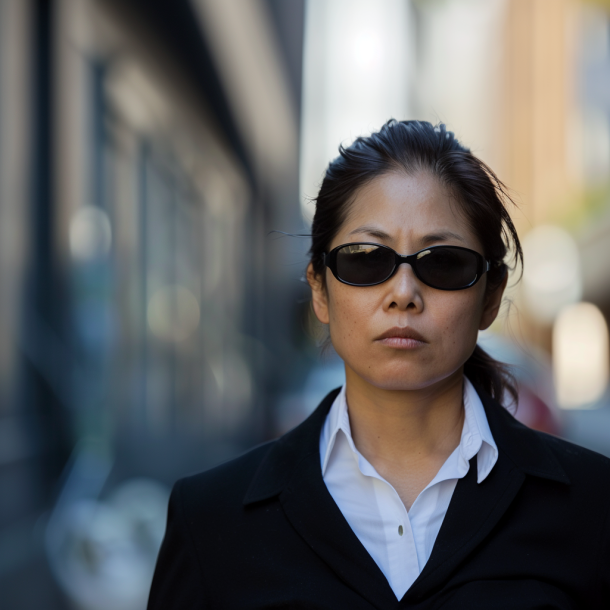Understanding the Impact of Rate Reductions
I hate to break it to you, but when it comes to leveling up your income in executive protection, there are no shortcuts or fancy tricks to making more money; the key is simple—never drop your rates.
This principle may seem straightforward, yet any veteran of the executive protection industry understands the constant temptations to lower fees. However, yielding to these pressures initiates a cascade of challenges that block the path to enhancing your future earnings.
.Although the concept may appear simple, experienced individuals in this industry recognize the compelling rationale behind reducing fees. Yet, this action triggers a series of obstacles that impede progress toward increased future profits.
Building Trust Through Pricing Integrity
Upholding your pricing integrity safeguards your market worth and demonstrates a dedication to excellence and professionalism. It attracts discerning clients who appreciate and are prepared to invest in top-tier service.
Many of us have felt let down after buying something at its original price, only to discover the same item being sold by the same seller for a much lower price shortly afterward.
When this happens, it doesn’t take much to figure out that the seller was offering the item far above market value in the first place. Whenever this happens, you immediately feel taken advantage of. This is the same thing that occurs in the minds of your clients when they realize your rates are always open to a downward adjustment.
This is true when your client is the one who manages to negotiate a better rate with you and when they hear of another client getting a better rate for the same service.
Validating Your Worth: Justifying Your Rates in Executive Protection
The second problem with cutting your rates is that it sends a signal to your client that you

are not worth the money you charge. Again, think of this as a consumer. People selling a superior product or service do not have to drop their prices; they know their product is worth the money, and they know their customers will pay a fair price.
This is not arrogance; this is confidence. Clients may not always enjoy paying for services rendered, but they appreciate knowing they are getting good value for the money they spend on personal protection. When you stick to your guns, you are telling your client that your services are worth every penny you charge.
Another reason for standing firm is that when you agree to accept less for your services, you tell your client you are desperate. The problem with being desperate is that it indicates no one else would want to hire you.
This is the wrong message to send to a client who is counting on you to keep them safe. It’s a little bit like shopping for a bullet-resistant vest: the shopkeeper is uncompromising on his price for the first three you look at, but he is more than willing to bargain on the fourth vest.
Anyone who values their life would not pay for the fourth vest, and you would probably not wear it even if the shopkeeper gave it away for free.
The way to fix this problem is to do a good market analysis and price your services accurately for your market. Write up a solid business plan that explains why you are worth the rates you charge and includes honest appraisals of your services compared with the competition within your market.
Bring value to your client, and be prepared to explain why you have priced your services as they are. Try not to be offended when they ask you to justify your fees, and this is your chance to shine and let them know what they are getting for their money.
List your certifications and the executive protection schools you have attended. Explain how your EMT certifications, language skills, marksmanship training, and other acumen benefit them. Once you determine your services’ fair price, stand firm and show your client that you are worth the investment.
Are you looking to propel your protection career to new heights? Discover a wealth of resources designed to guide you through the complexities of the EP industry.
Whether you want to enhance your skills, stay ahead of the latest trends, or find innovative solutions to security challenges, we’ve got you covered. Click on the links below to explore and unlock the potential for your professional growth today.
Harlan Austin
Executive Protection Books
Professional Services















